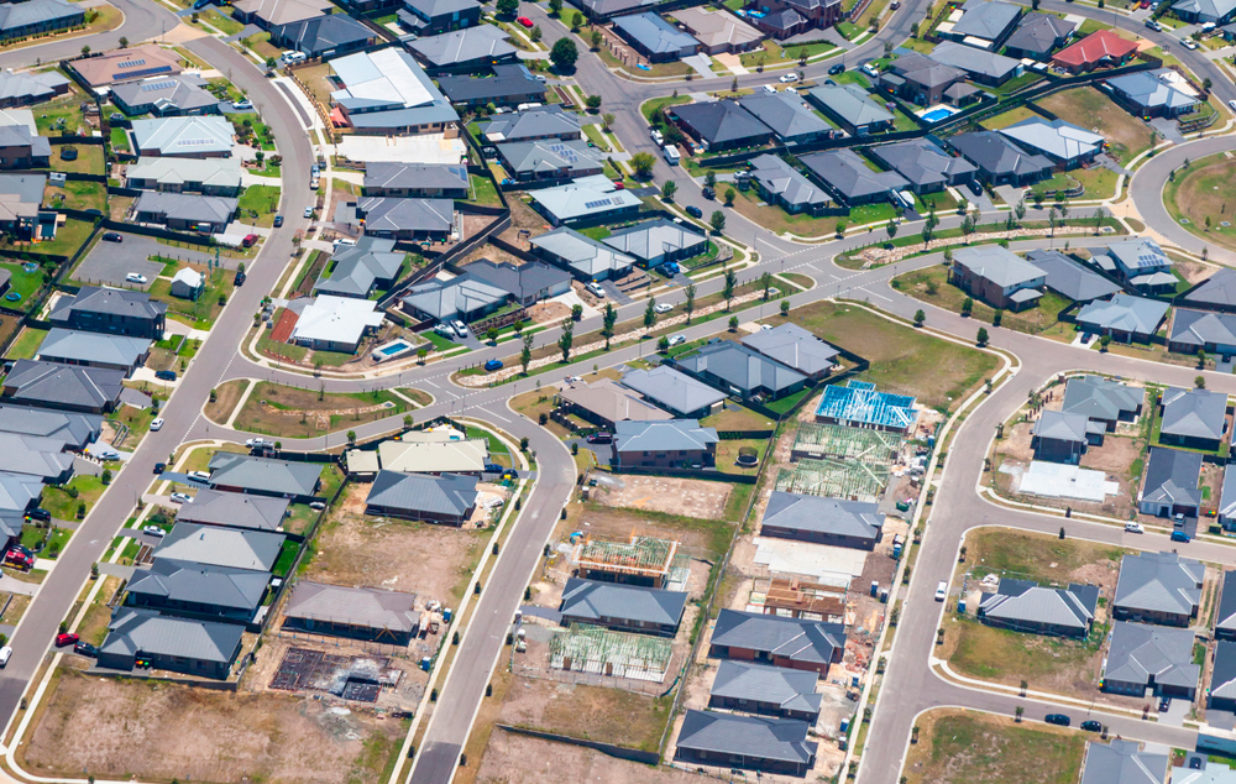Strict timeframes for approval of local infrastructure contributions plans are a must
23 MARCH 2018

The Department of Planning and Environment (DPE) recently invited submissions on improving the Secretary’s practice note that deals with the review of draft section 94 (now section 7.11) contributions plans by the Independent Pricing and Regulatory Tribunal (IPART).
DPE requested industry comments on both the assessment process for contributions plans and the contents of the ‘essential works list’. This article focuses on the former.
Contributions plans take too long to be approved
The development contributions for residential development in a new urban development area need to be confirmed sooner.
It currently takes too long for the developer contributions to be confirmed in an approved plan because the section 7.11 contributions plan process does not align at all with the rezoning process.
Currently, it is common for above-the-cap contributions plans to be finally approved by the Minister at least 2 years after land is rezoned, or at least 3 years after the draft contributions plan was first prepared.
Councils generally have not issued consents for development in a rezoned area until a contributions plan is in place. It remains to be seen how Local Planning Panels will respond when determining a DA on rezoned land that is satisfactory in all respects except that a contributions plan authorising a s7.11 contribution has not yet been adopted by the council (because it is being reviewed by IPART or DPE).
Until recently, delays have been able to be reduced by the developer entering into a VPA with the council to pay the $30,000 per lot capped rate. Councils have been willing to enter these agreements because the NSW Government has guaranteed funding of the gap above the cap through the Local Infrastructure Growth Scheme (LIGS).
However, the Government is phasing out this commitment by 2020. There is now no State Government guarantee for funding above the cap, except in ten ‘LIGS transition areas’ in NW and SW Sydney, West Dapto and Wolli Creek.
Developers will need to resort to stop-gap VPAs
The removal of the gap guarantee for all other areas, and the years it currently takes to get a contributions plan approved means that the only way that I can see for developers to get timely approvals will be for them to enter into a VPA with the relevant council prior to the DA being determined by the Local Planning Panel.
The VPA would commit the developer to making monetary or in-kind contributions up to an agreed amount per lot. Presumably, now there is no gap funding scheme, that amount will be the preliminary essential works rate described in a draft s7.11 contributions plan (if such a plan has been prepared). That rate will likely change once it has been through the IPART review process, so the VPA should include provisions that allow the developer’s overall contributions to be adjusted up or down when the final essential works rate for that plan area is determined by the Minister.
This of course does not deal with the real problem that it takes too long to approve a contributions plan. It also perpetuates the over-reliance on VPAs just to get a development approved.
Have you kept up with me? It shouldn’t be this hard, should it?
Plan approval process must be streamlined
If the State Government is committed to removing the red tape that slows down housing delivery, then it must streamline the process.
Councils must also do their part by preparing draft contributions plans and initiating the 5-step plan review ‘journey’ earlier.
The Government needs to establish and enforce strict timing protocols for these 5 steps so that development approvals in the newly rezoned areas are not delayed.
The following is a suggested timing schedule
